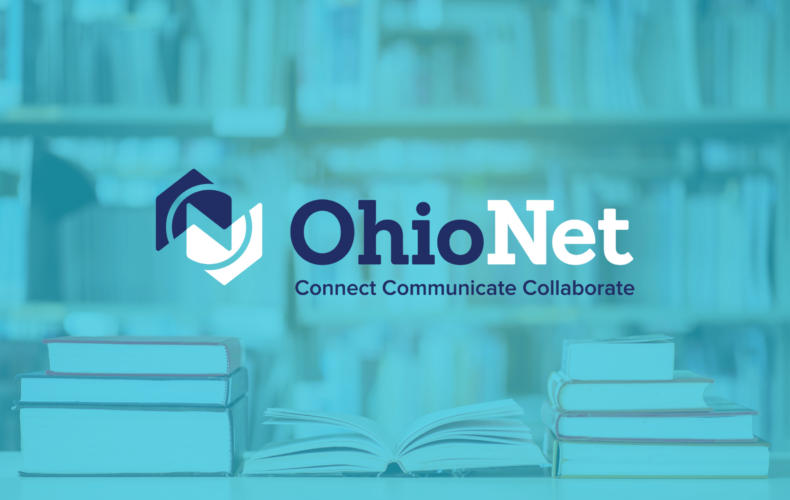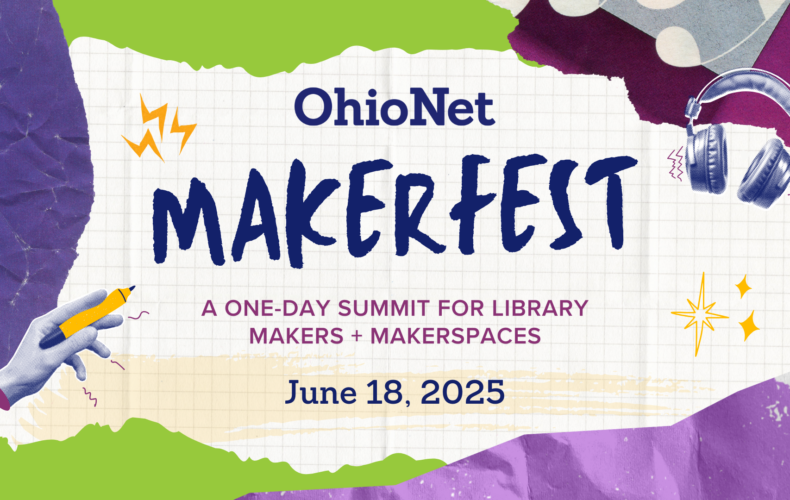
Copyright Q & A–What’s the story with storytime?
by guest contributor, Carla Myers (Miami University Libraries)
Storytime can be one of the more popular programs libraries offer for their patrons. Throughout my career, I have frequently been asked about the copyright issues related to storytime and recently we’ve seen some questions about the legality of storytime discussed on listservs, so I thought we could explore this issue in this months’ column.
Unless the book being shared during storytime is in the public domain, then it is most likely protected by copyright. In the case of children’s picture books, these works usually contain text and images, both of which are eligible for protection under Section 102 of US copyright law.
Section 106 of US copyright law grants certain, exclusive rights to the authors of copyrightable works, including the right to publically perform (17 U.S.C. 106(5)) and publically display (17 U.S.C. 106(6)) these works. Section 101 of US copyright law defines these terms. It says that…
To “perform” a work means to recite, render, play, dance, or act it, either directly or by means of any device or process . . .
To “display” a work means to show a copy of it, either directly or by . . . any . . . device or process . . .
And that…
To perform or display a work “publicly” means—
- to perform or display it at a place open to the public or at any place where a substantial number of persons outside of a normal circle of a family and its social acquaintances is gathered; or
- to transmit or otherwise communicate a performance or display of the work to a place specified by clause (1) or to the public, by means of any device or process, whether the members of the public capable of receiving the performance or display receive it in the same place or in separate places and at the same time or at different times.
During storytime library staff are “performing” picture books by reading the text aloud. They are also, usually, also holding up the open book and “displaying” its illustrations for those in attendance to see. As libraries are places open to the public, this means that storytime results in a public performance and display of a copyrighted work and, as such, could be considered an infringement of the rightsholder’s Section 106 rights. Fortunately, libraries have exceptions like fair use available to consider when wishing to offer storytime for patrons. Fair use requires that we consider
- the purpose and character of our reuse of a copyrighted work;
- the nature of the copyrighted work we’re reusing;
- the amount and substantiality of the portion we’ll be reusing; and
- the potential effect on the market for the original work.
In working through these four factors in relation to library’s in-person storytime programming, I would personally argue that:
- Characteristically, in-person library storytime programs involves a performance or display made to a small group of people in attendance, and our purpose in offering storytime is educational; we’re looking to develop a love of reading and promote literacy among those who attend.
- The nature of the works we’re sharing during storytime is often creative and colorfully illustrated picture books, but that’s because this level of literature is appropriate to our audience (usually young children).
- We’re performing and displaying the entire book during storytime, but I believe this is appropriate given the circumstances of the program. Not only could it be difficult to keep young children engaged if we only read a small portion of the book during story time, but if we’re looking to develop literacy skills in children then it is important to read through the whole work in an effort to help them understand plot development.
- Library storytime may actually help promote the purchase of books read during the program. If children hear a book during storytime and enjoy it, then they may wish to checkout the book so they can take it home. The more frequently a book is circulated, the more likely the library is to purchase additional copies to meet patron demand. If a child discovers a new favorite book during storytime, it could be that someone in their life chooses to purchase copy for them, which also increases the market for the book.
Technology presents an opportunity to change the nature of storytime, and these changes could impact a fair use determination. For example, recently discussions regarding the livestreaming of storytime have popped-up on some listservs. Storytime could also easily be videorecorded and posted to social media platforms like YouTube.
In-person library storytime involves a public performance and display of a copyrightable work to a small group. The livestreaming of storytime has the potential to expand the public performance and display of the work globally. In the case of videorecording storytime and posting it online, there is now the potential for people from across the world to watch the performance and display over-and-over again.
I personally feel a strong fair use argument can be made for in-person library storytime programming for the reasons I outlined above and, as far as I am aware, no library has ever been sued for this practice. That said, I think that library staff considering livestreaming storytime or posting videorecordings of storytime online would need to consider how these factors could impact a fair use determination. This may be one of those situations where library staff discuss their plans with their institution’s legal counsel in order to determine what legal risk may be involved with these practices.

